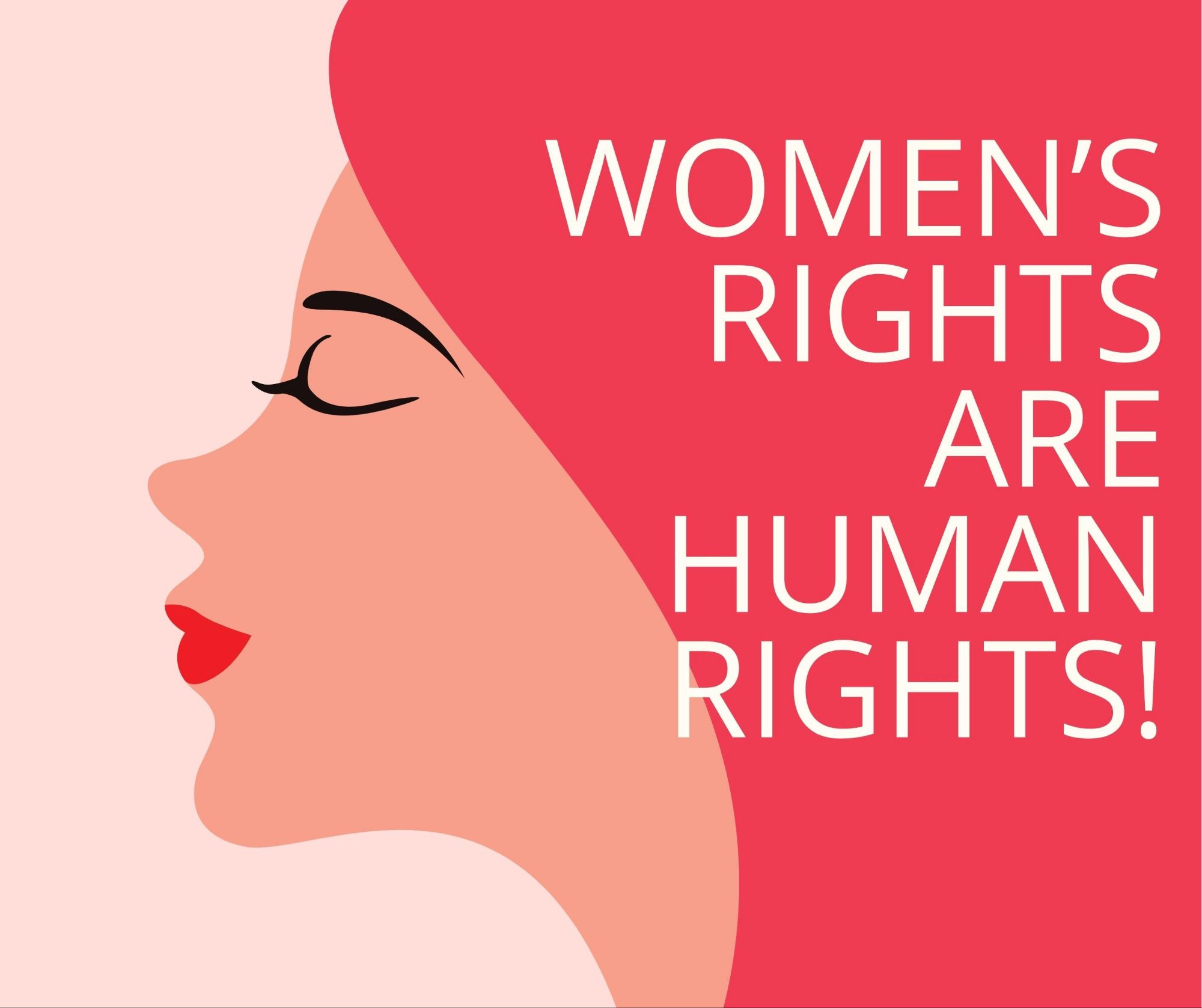SAFEGUARDING VICTIMS: THE LEGAL FRAMEWORK FOR DOMESTIC VIOLENCE PROTECTION
INTRODUCTION:
Domestic violence remains a pervasive issue with profound consequences for victims and society at large. To address this alarming problem, jurisdictions worldwide have developed legal frameworks aimed at protecting victims, encompassing restraining orders, support services, and mechanisms for enforcing protective measures. This article critically examines the legal landscape surrounding domestic violence, delving into the efficacy of existing protective measures and proposing considerations for improvement.
LEGAL FOUNDATION:
The legal response to domestic violence typically begins with the establishment of laws defining the offense and providing grounds for intervention. Legislators often craft statutes that broadly define domestic violence, encompassing physical, emotional, and economic abuse within intimate relationships. By clearly delineating the elements of domestic violence, legal frameworks set the stage for the subsequent implementation of protective measures.
RESTRAINING ORDERS AND ACCESIBILITY:
One cornerstone of the legal approach to domestic violence is the issuance of restraining orders. These court orders, also known as protection orders or orders of protection, are designed to restrict the abusive party from contacting or approaching the victim. The effectiveness of restraining orders, however, hinges on both their accessibility and enforceability. For a legal framework to be effective, victims must easily access restraining orders. Many jurisdictions provide expedited processes for obtaining such orders, allowing victims to swiftly secure protection. Additionally, some regions offer legal aid services to assist victims in navigating the often complex legal procedures, ensuring that financial constraints do not impede access to justice.
COMPREHENSIVE SUPPORT FOR DOMESTIC VIOLENCE VICTIMS:
Enforceability is a critical aspect of protecting victims through restraining orders. Swift and efficient enforcement mechanisms are necessary to instill confidence in victims, assuring them that the legal system can shield them effectively. Collaborative efforts between law enforcement agencies and the judiciary are imperative for monitoring and ensuring compliance with restraining orders
Beyond punitive measures, legal frameworks must embrace a holistic approach that includes comprehensive support services for victims of domestic violence. Essential components of this approach are counseling, shelters, and financial assistance. Prioritizing access to counseling services in legal frameworks is crucial for addressing the psychological trauma associated with domestic violence, contributing to the long-term well-being of survivors. Establishing and maintaining safe shelters is equally indispensable, offering victims a refuge from abusive environments while prioritizing confidentiality and safety. Collaborations with non-governmental organizations can enhance the reach and efficacy of these shelters. Moreover, financial assistance programs should be readily accessible, empowering victims to regain financial independence and break free from economic constraints that may tie them to their abusers.
The enforcement of protective measures is integral to a robust legal framework for domestic violence protection. Stringent measures must be in place for enforcing protective orders, and law enforcement agencies play a pivotal role in ensuring the safety of victims. Prompt responses to violations and holding perpetrators accountable are essential elements of this enforcement strategy. Together, these components create a comprehensive legal support system that not only protects victims but also works towards preventing the cycle of violence.
CONCLUSION:
The legal framework for protecting victims of domestic violence encompasses a multifaceted approach, involving restraining orders, support services, and the enforcement of protective measures. While progress has been made in recognizing and addressing domestic violence, continual efforts are needed to refine and enhance legal mechanisms. By focusing on accessibility, enforceability, and comprehensive support, legal systems can better fulfill their role in safeguarding victims and fostering a society free from the scourge of domestic violence.
Author: PRIYANJALI ANTHONY, a STUDENT AT: MEWAR GROUP OF INSTITUTUIONS.

